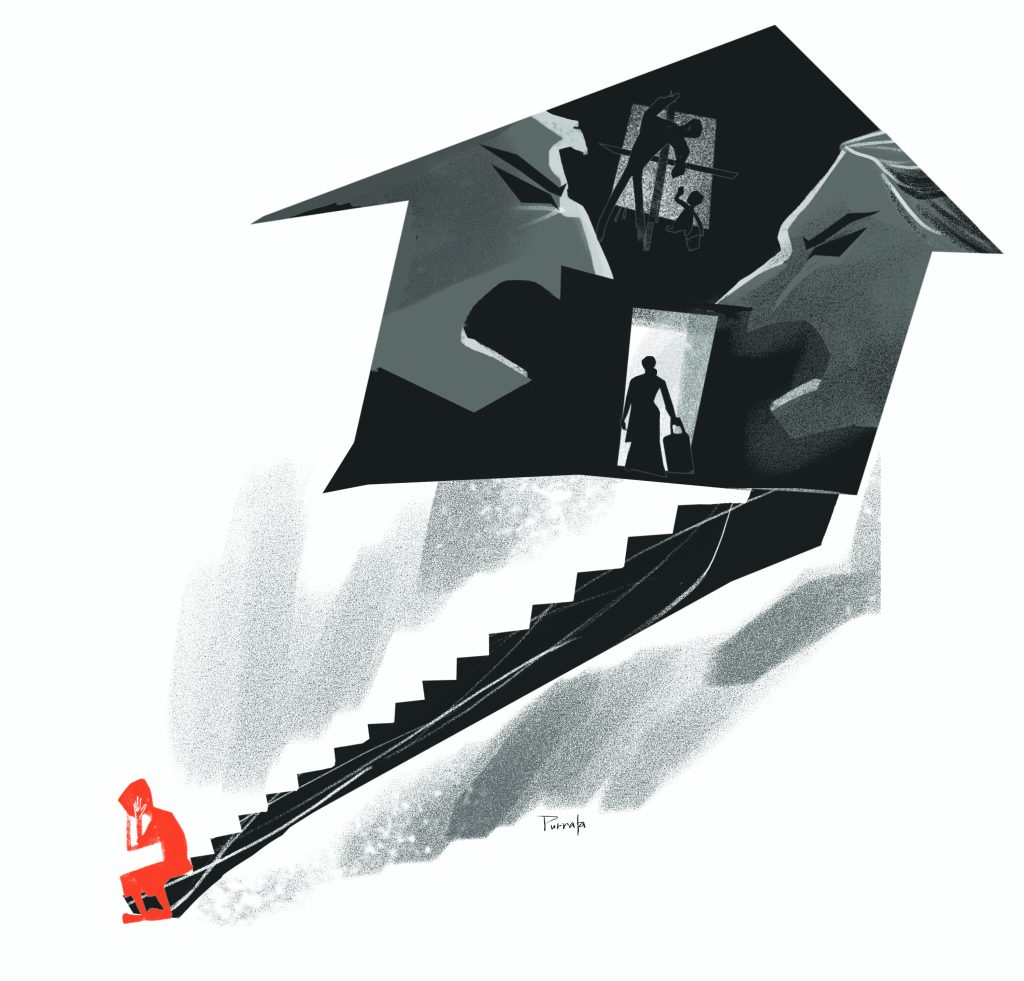Home is supposed to be a child’s safest place. It’s where bedtime stories are read and laughter fills the air. But when that home is filled instead with shouting, slamming doors, the sense of safety fades. For many children, growing up in constant conflict feels less like a shelter and more like a battlefield. And it leaves marks far deeper than we can see.
Recent brain imaging studies by University College London have revealed something striking. Children who grow up in households marked by chronic conflict show changes in their brains that resemble those seen in soldiers returning from combat. The findings underline a sobering truth: stress in childhood isn’t just emotional, it’s biological.
Scientists have discovered two key brain regions: the amygdala, which governs fear and stress responses, and the hippocampus, which helps with memory and emotional regulation. In children exposed to frequent fighting, these areas can appear altered in both structure and connectivity.
The brain begins to wire itself in a way that reflects constant vigilance, almost as if the child is bracing for battle. But this does not mean a child is destined for a lifetime of mental illness. Researchers say that with the right support, caring relationships, counselling, and consistent routines, the brain remains capable of recovery.
The studies also challenge how we tend to think about trauma. It’s easy to imagine trauma as something tied to extraordinary events: war, natural disasters, or violence in the streets. Yet for a child, the everyday sting of shouting matches, slammed doors, or silent hostility between parents can be just as damaging. Day after day, those tensions carve invisible grooves into the developing mind.
For parents, teachers and caregivers, the message is clear. Emotional safety is not a luxury; it’s a necessity. Creating a stable and nurturing environment is as vital to a child’s growth as nutrition or education.
Children are remarkably resilient. With stability and love, even a brain shaped by conflict can learn to thrive, reminding us that healing often begins at home.


